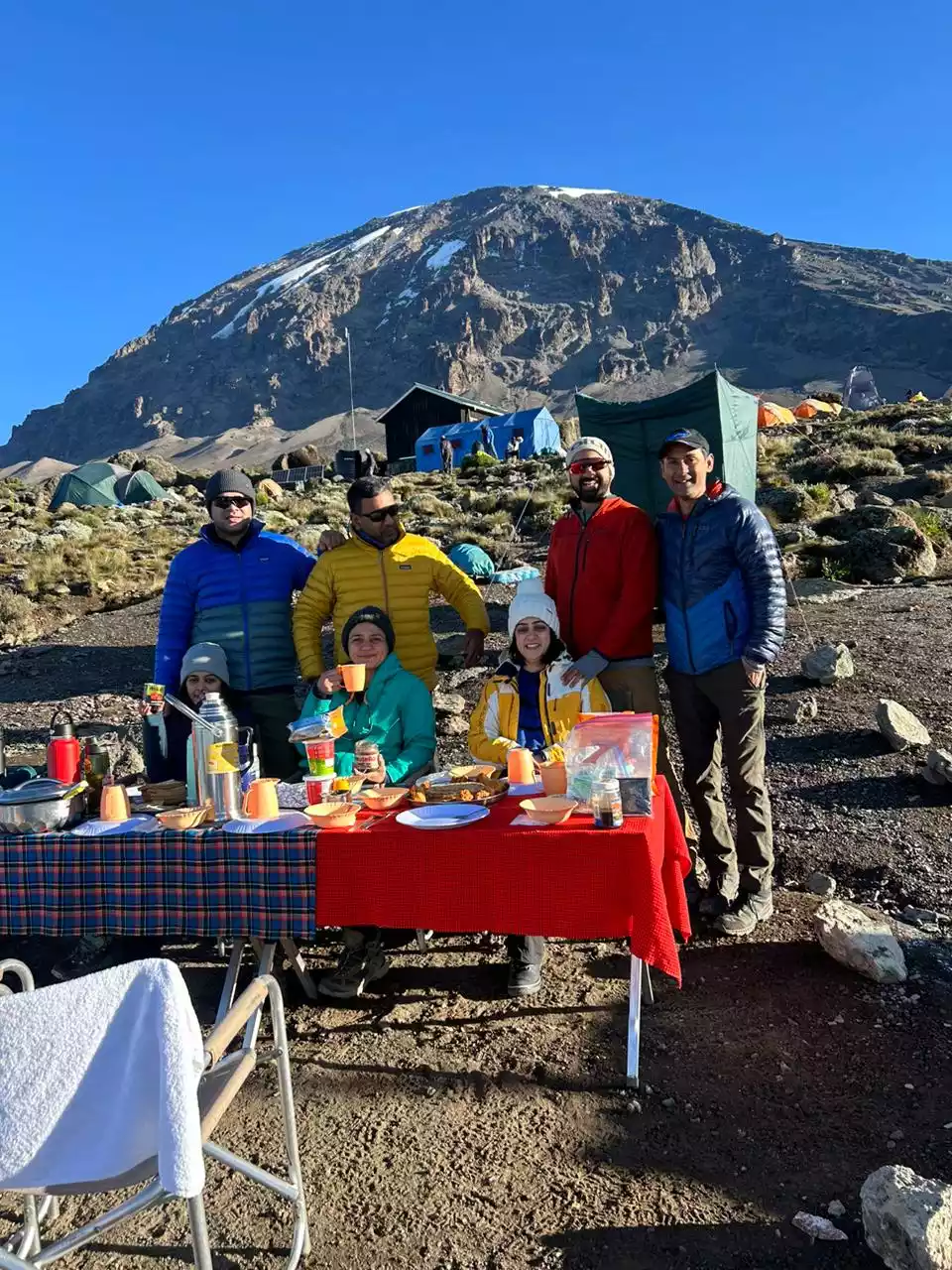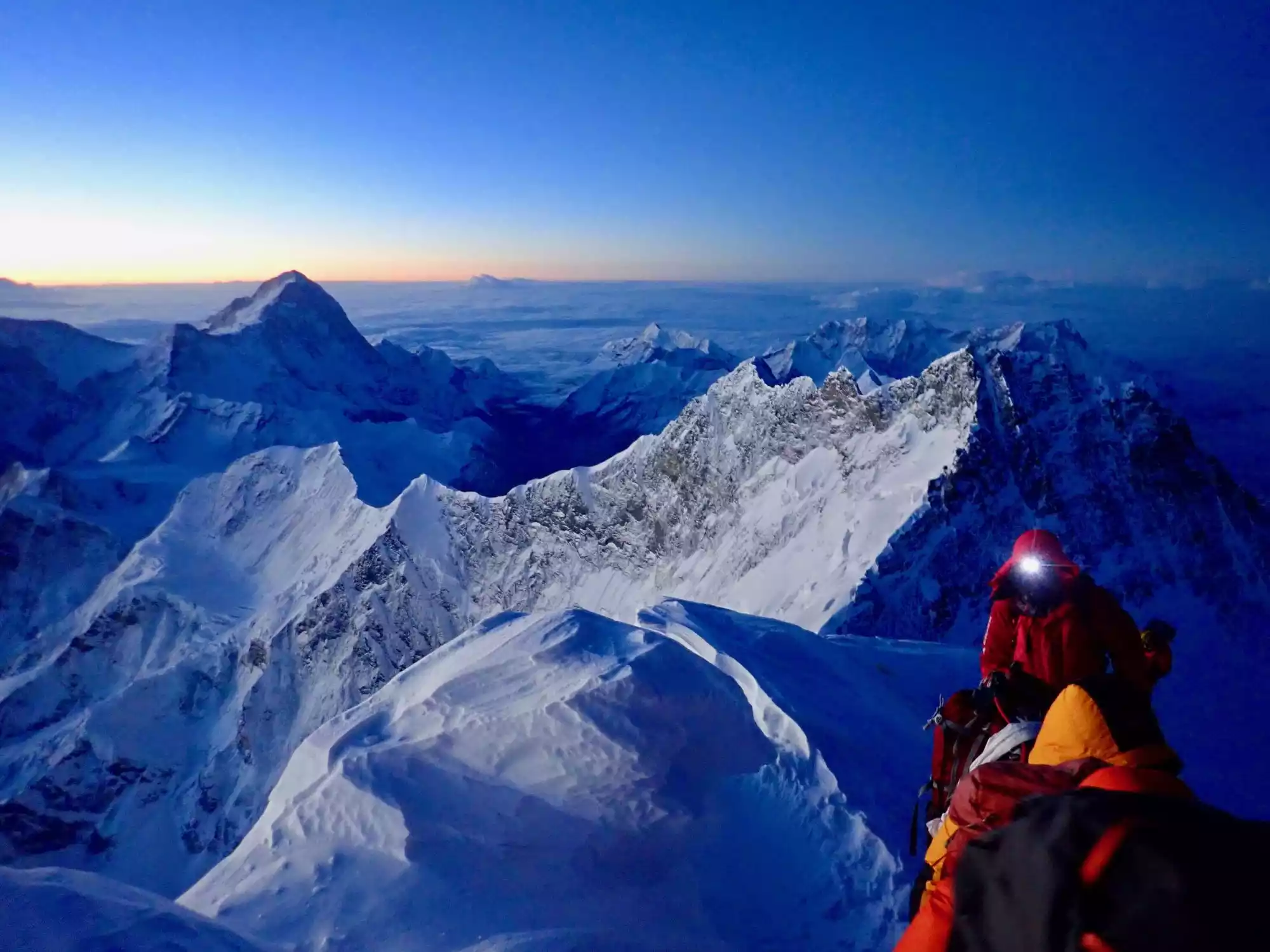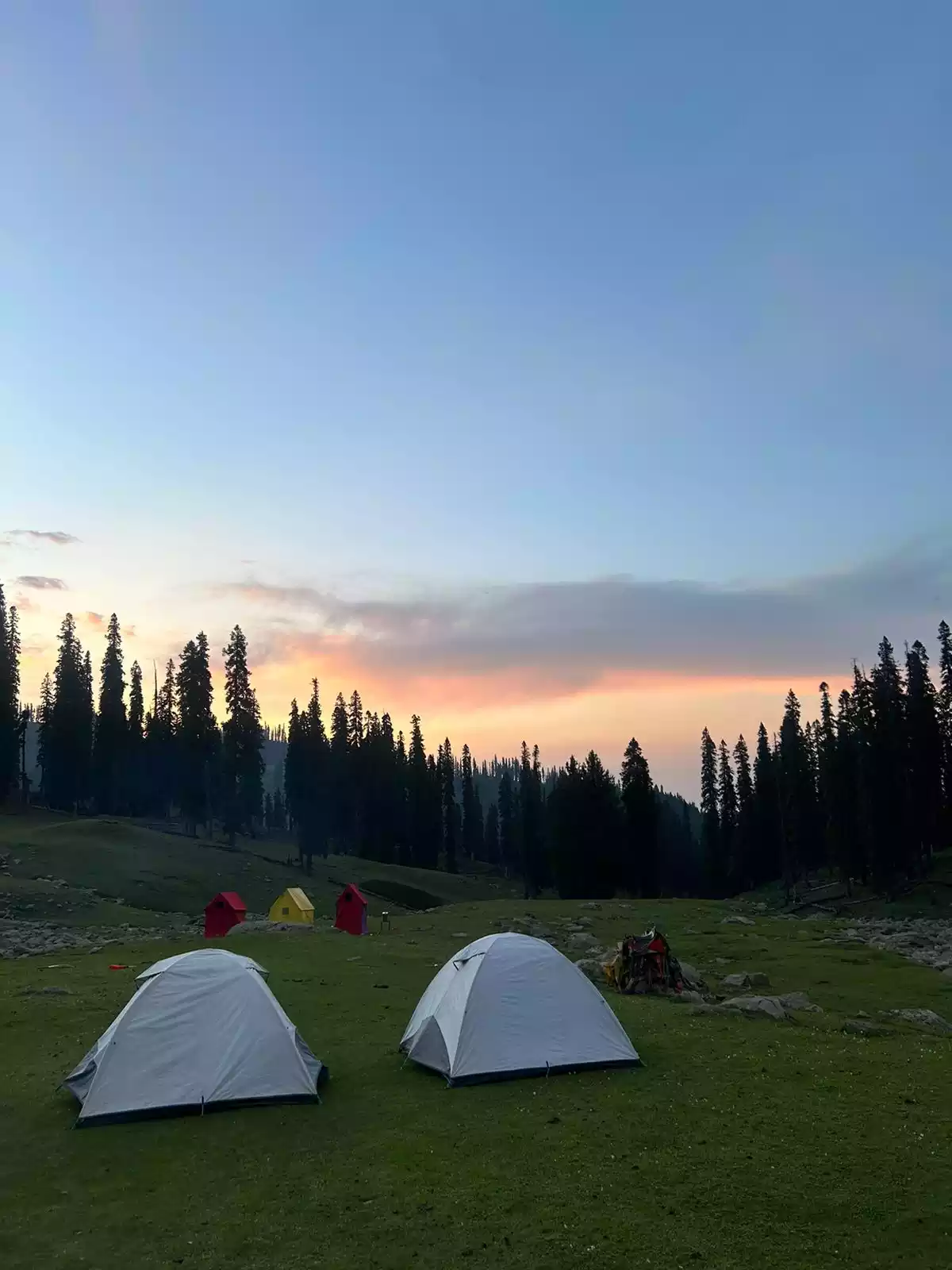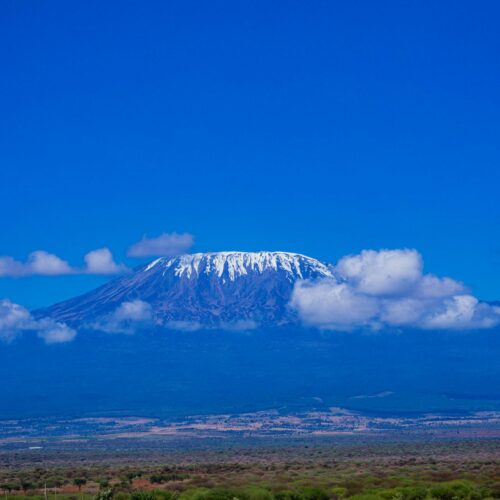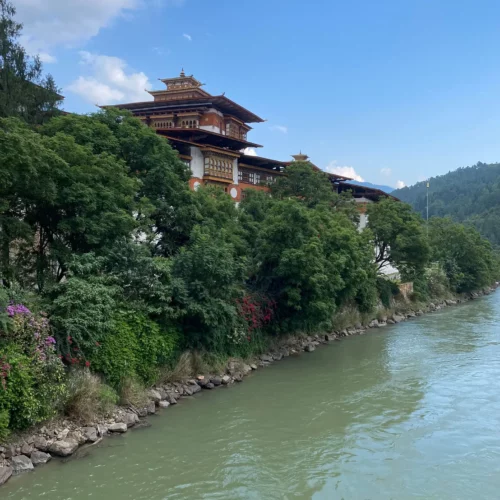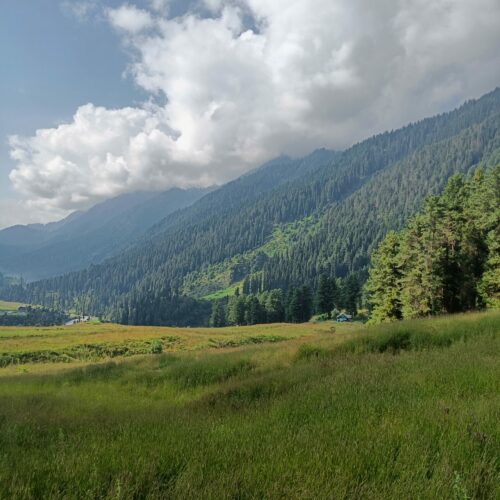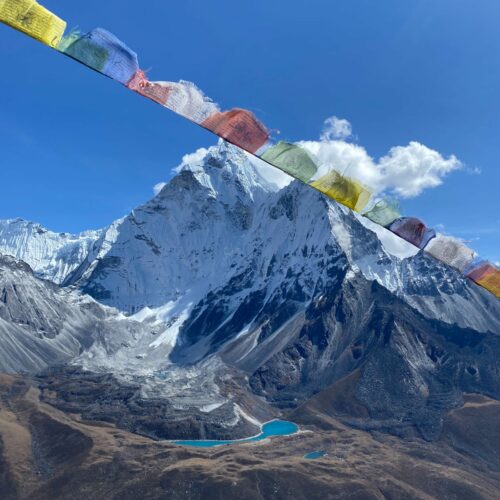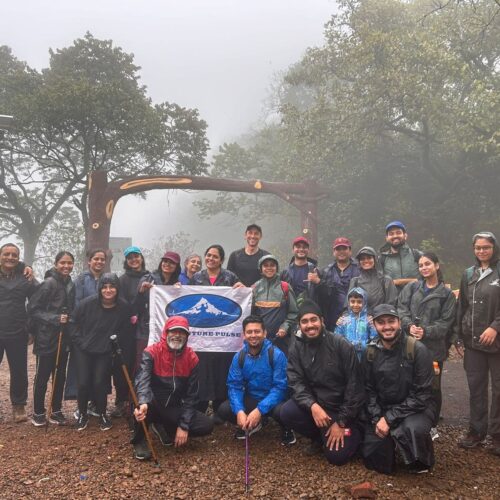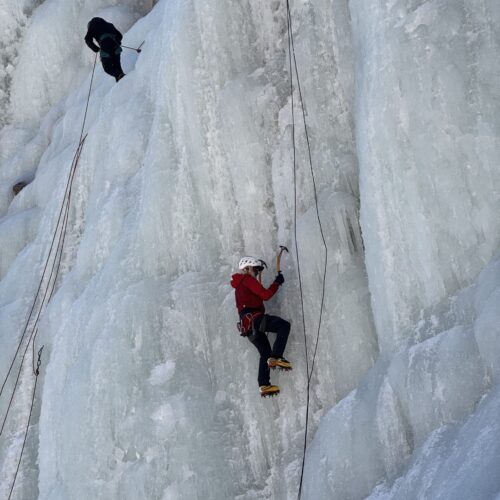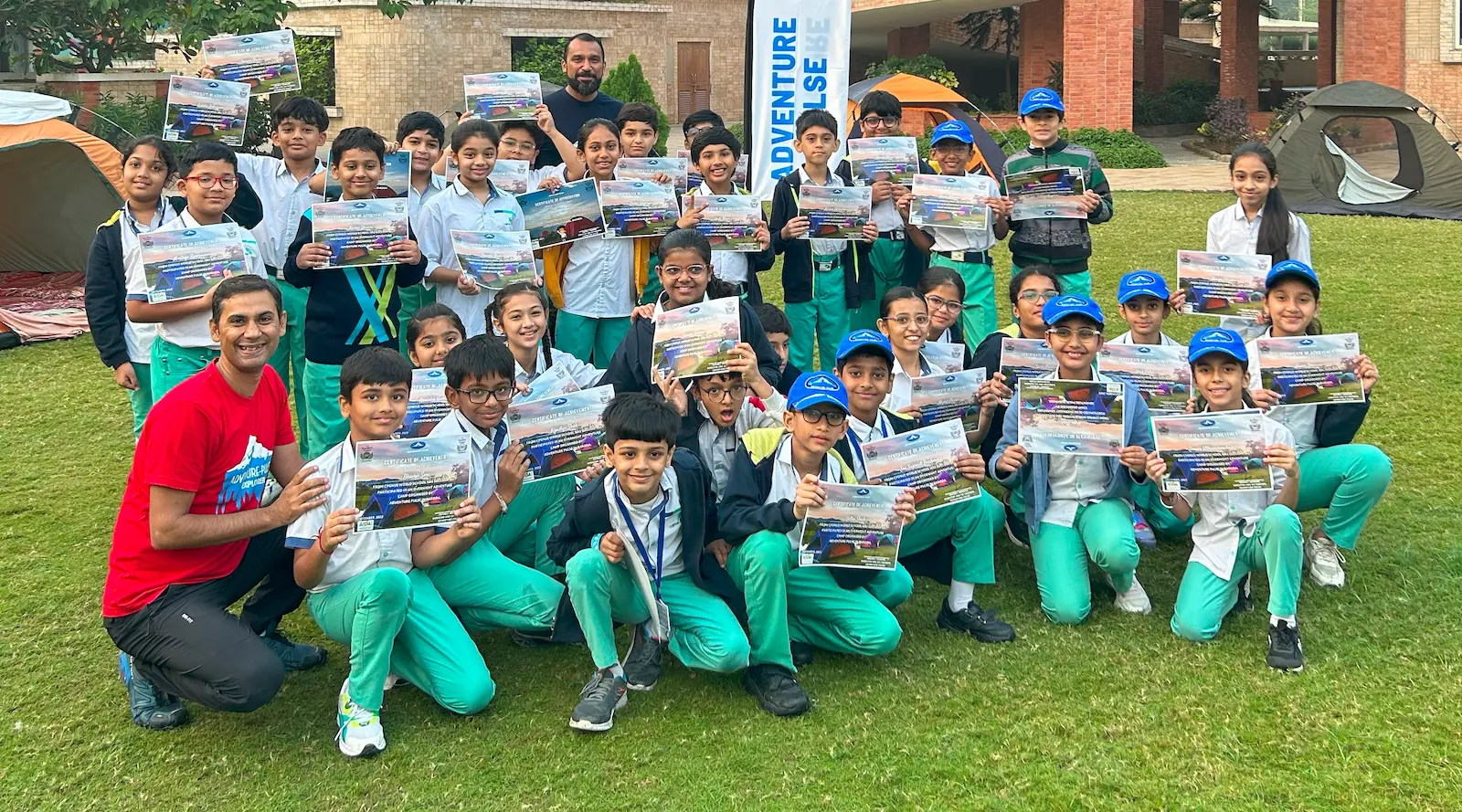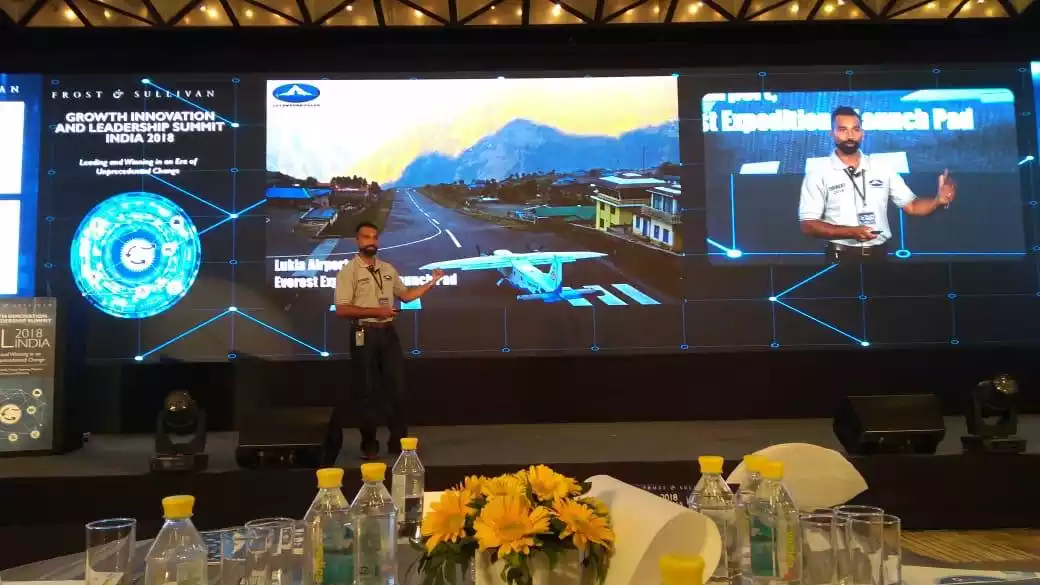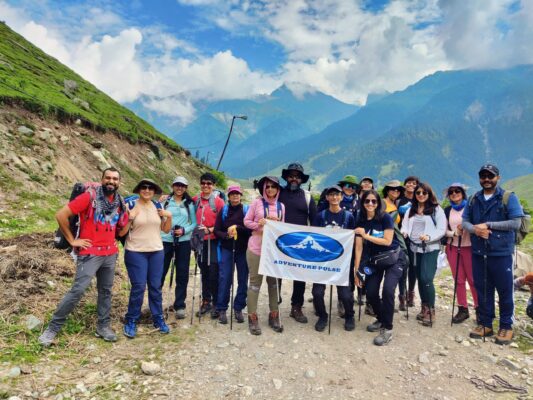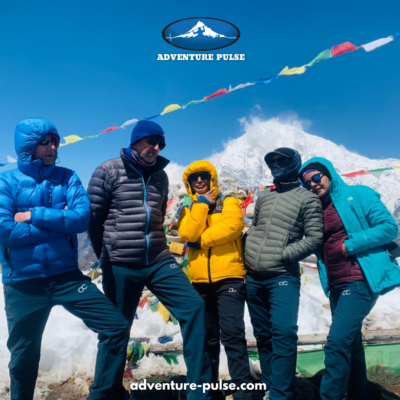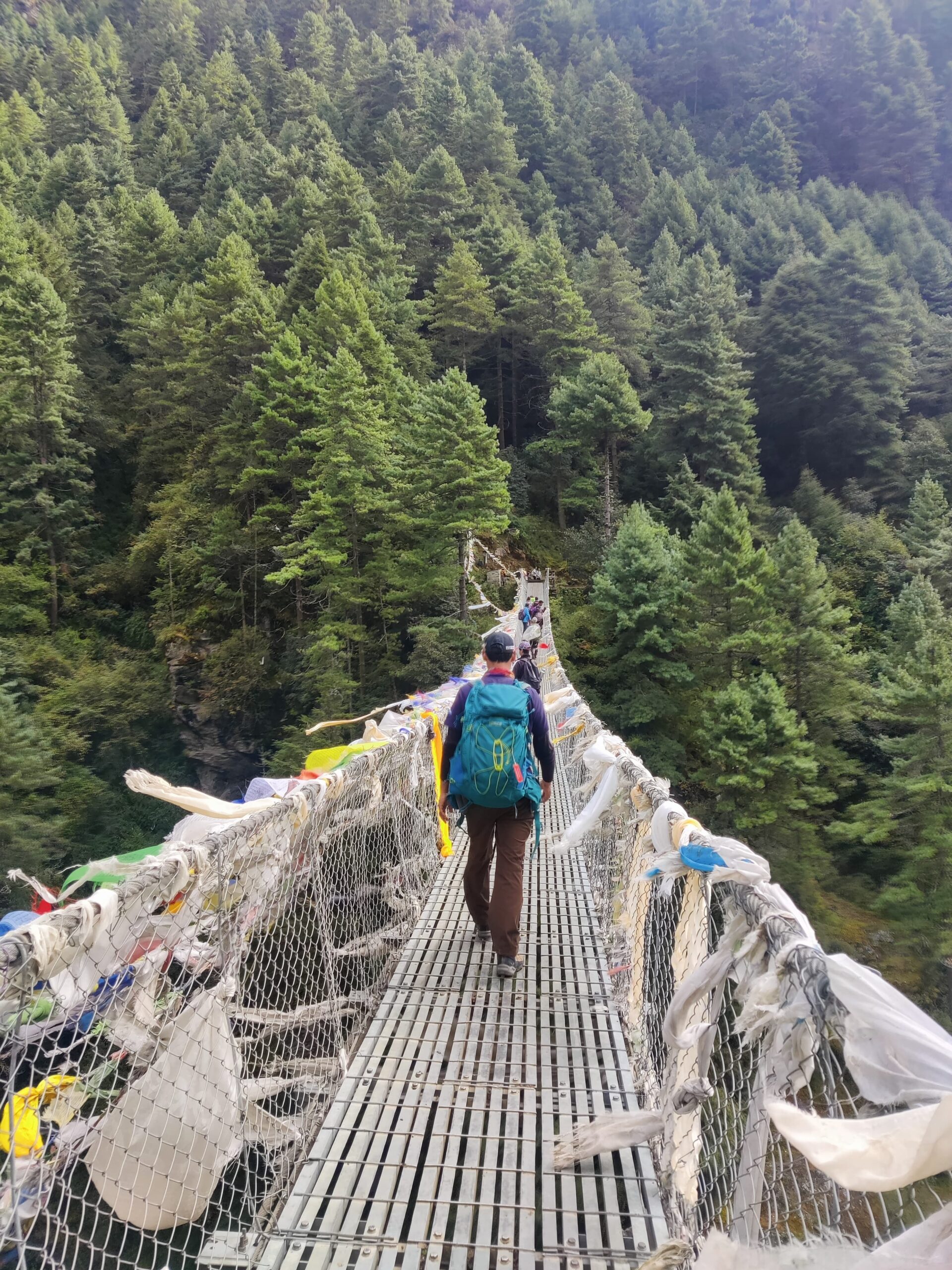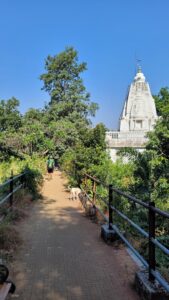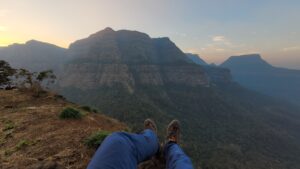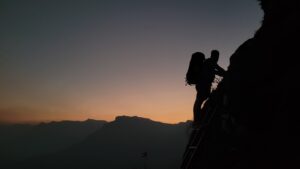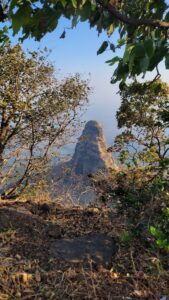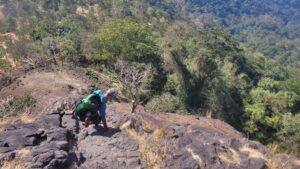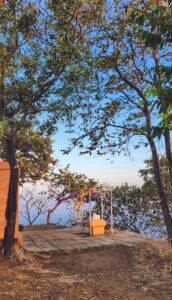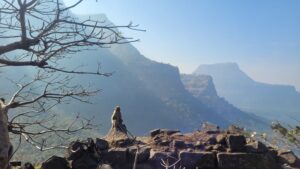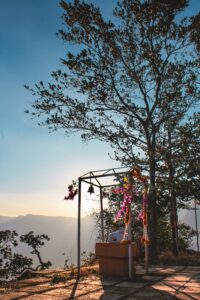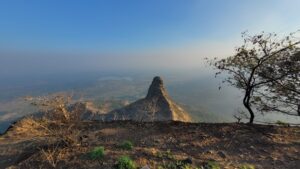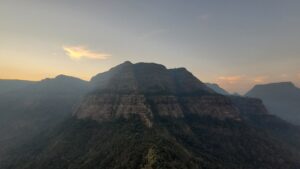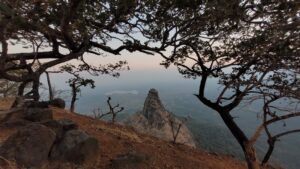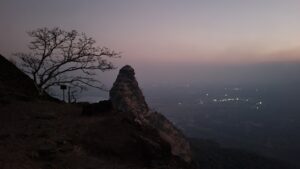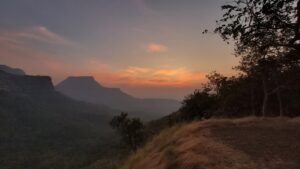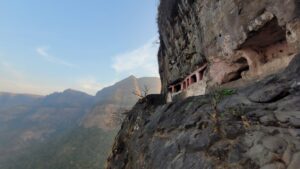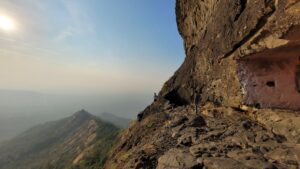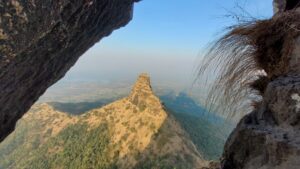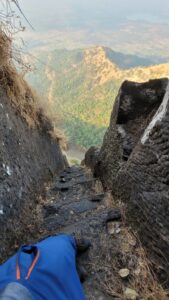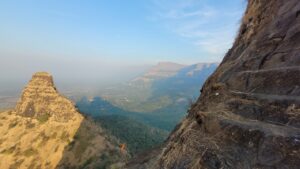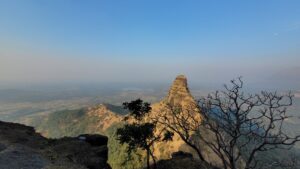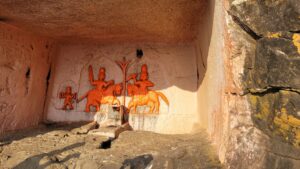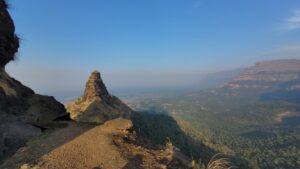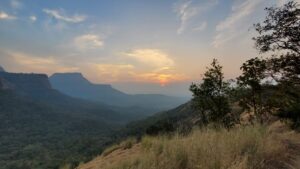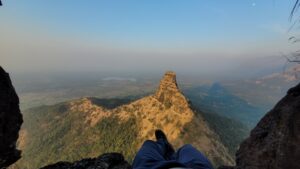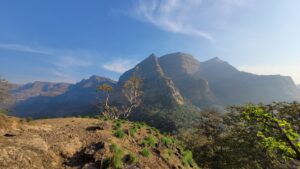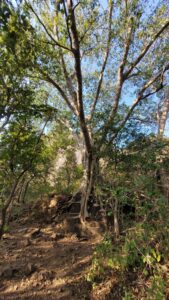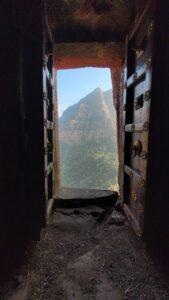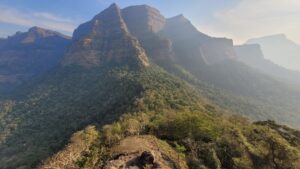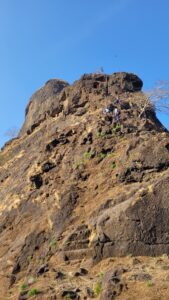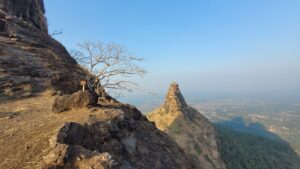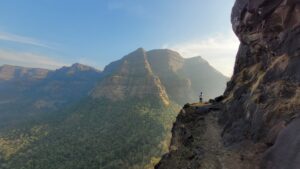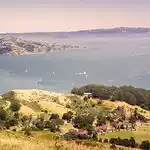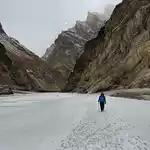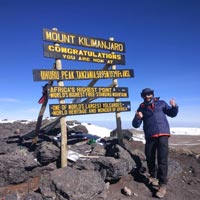Inclusions & Exclusions
Trip Cost Includes:
Trip Cost DOES NOT Include:
Things to carry
Download as PDFApparel
- Trekking shoes with good grip
- Comfortable clothing to hike in - avoid wearing jeans and preferably wear full pants
- A windbreaker or a jacket for the winter months
- Rainjacket/Poncho for the moonsoon
- A cap/beanie
Accessories
- Headlamp or Torch
- Backpack
- Water (at least 2-3L)
- Buff or Neckwarmer
- Sunglasses
- Sanitizer
- Spirit of Adventure (compulsory)
Fitness
Download as PDFThis beautiful trek can be attempted by anyone with a decent fitness level who can walk at least 1-2 hours with breaks. From beginners in the outdoors to experienced trekkers looking for an adventure, the trail to Gorakhgad can be accessed by all outdoor enthusiasts.
FAQs
Gorakhgad
Where is Gorakhgad located?
Gorakhgad is located in the Murbad region of the Thane District in Maharashtra.
By road it is about about 90-100 km from Mumbai and 150 km from Pune.
The roadhead for the trek is the village of Dehari near the Ahupe Ghat.
How difficult is this trek?
The trek is considered easy-moderate, with a short but steep and technical rock patch towards the top. The climb to the summit requires caution, especially in the monsoon, but the route up to the caves is easily manageable even for beginners as it's a well defined trail through a forest!
How long does the trek take?
The trek typically takes 4-5 hours (roadhead to the top and back), including time spent resting or exploring the caves and summit. Most trekkers reach the caves in 1.5–2 hours from the base village.
Is it safe to trek Gorakhgad during the monsoon?
While the lush greenery of the jungle, the view of waterfalls on the Ahupe Ghat and streams flowing across the trail make monsoon trekking appealing, the final rock patch becomes slippery and dangerous. Monsoon treks are best limited to the caves, unless you're experienced and well-equipped.
What are the major attractions of the Gorakhgad Trek?
The trek offers scenic forest trails, huge ancient caves, panoramic views from the summit, and a thrilling rock climb near the top—perfect for adventure and photography lovers.
Featured Blog Posts
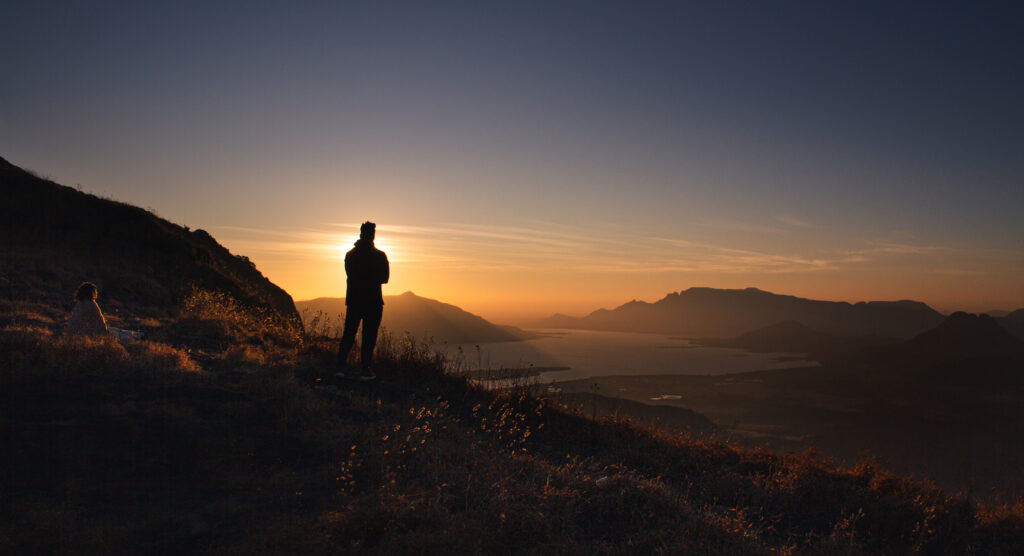 Golden Hours at Konkankada – Harishchandragad Explored in 40 Photos! – 2026 - Spontaneity Wins Out - Harishchandragad At Last! Ever since I began hiking in the Sahyadris in 2015, Harishchandragad had been…
Golden Hours at Konkankada – Harishchandragad Explored in 40 Photos! – 2026 - Spontaneity Wins Out - Harishchandragad At Last! Ever since I began hiking in the Sahyadris in 2015, Harishchandragad had been… 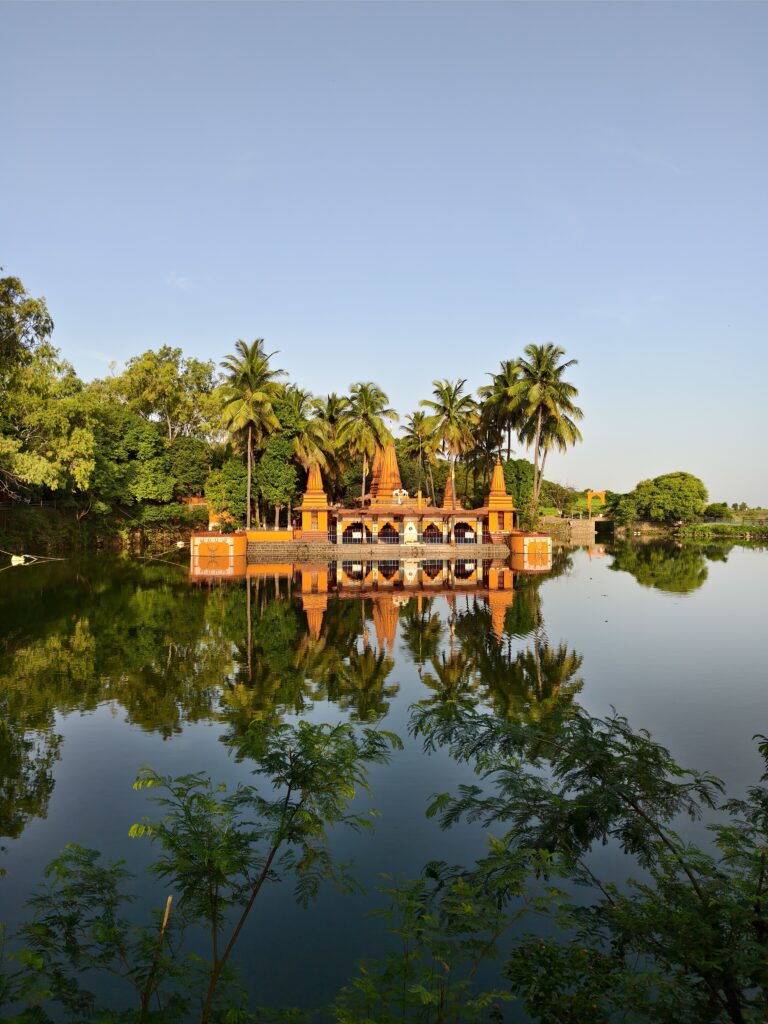 18 Amazing photos of Ramdara Temple Trek in Pune 2026 - Overview Pune city has begun to experience a lot of crowd and traffic in the last few years. With the…
18 Amazing photos of Ramdara Temple Trek in Pune 2026 - Overview Pune city has begun to experience a lot of crowd and traffic in the last few years. With the… 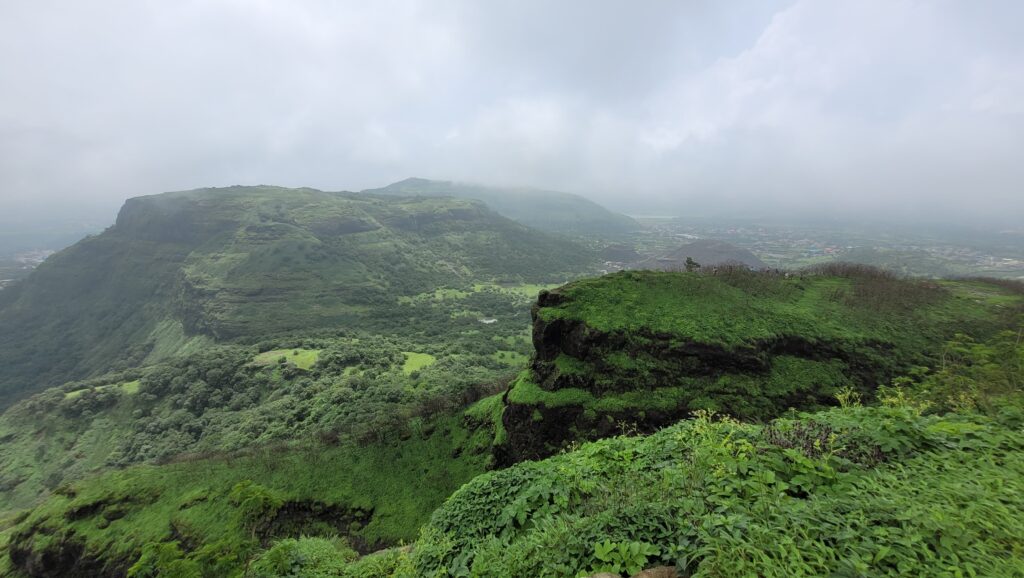 25 Amazing photos of Dukes Nose Trek, via Khandala, 2026 - Dukes Nose Trek via Khandala Route - Overview: Duke’s Nose, one of the most iconic cliffs in the Sahyadri range,…
25 Amazing photos of Dukes Nose Trek, via Khandala, 2026 - Dukes Nose Trek via Khandala Route - Overview: Duke’s Nose, one of the most iconic cliffs in the Sahyadri range,… 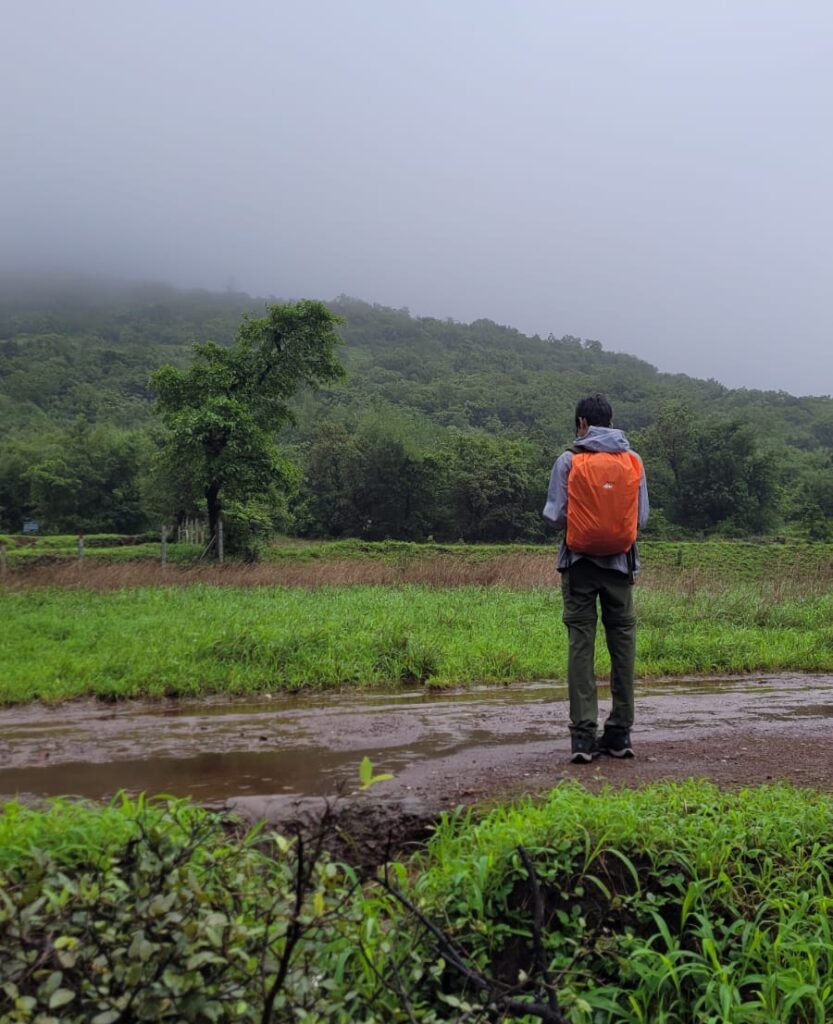 Discovering the Andharban Trek – The Dark Forest of the Sahyadris! – 2026 - Andharban - A Beloved Trail Near Pune Departing Pune in the Early Hours Before Dawn Last Thursday, I embarked on…
Discovering the Andharban Trek – The Dark Forest of the Sahyadris! – 2026 - Andharban - A Beloved Trail Near Pune Departing Pune in the Early Hours Before Dawn Last Thursday, I embarked on…

